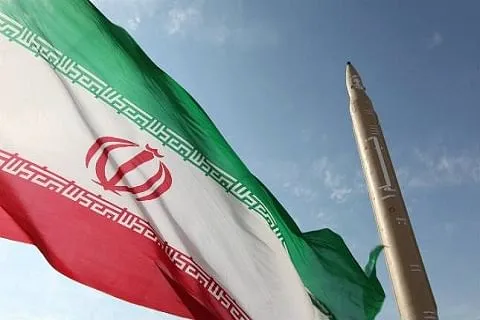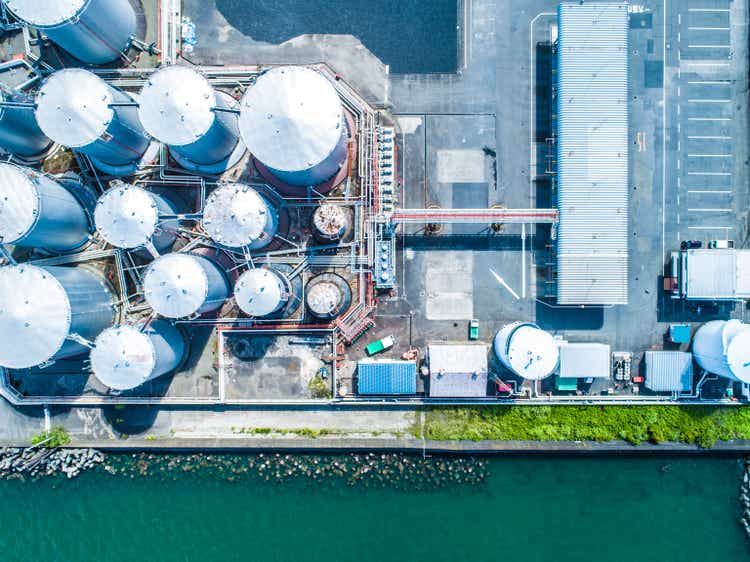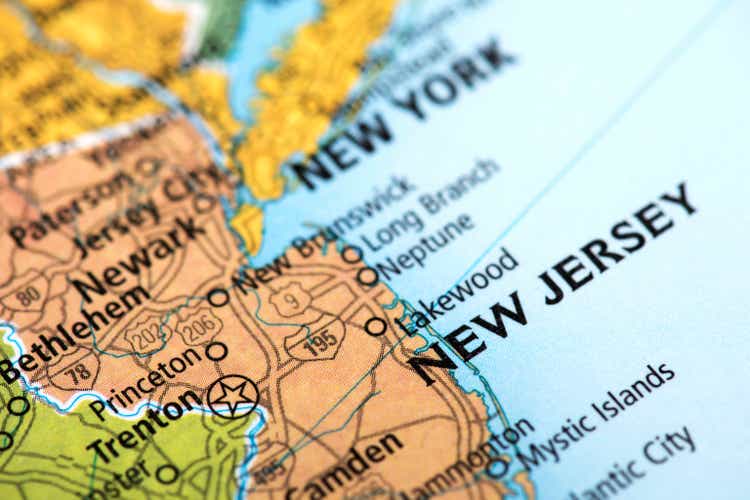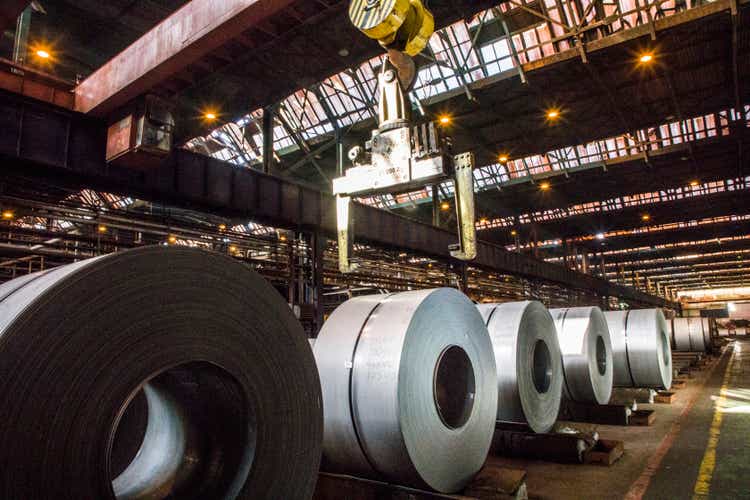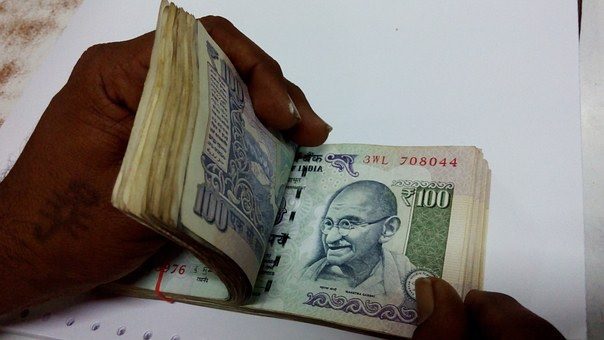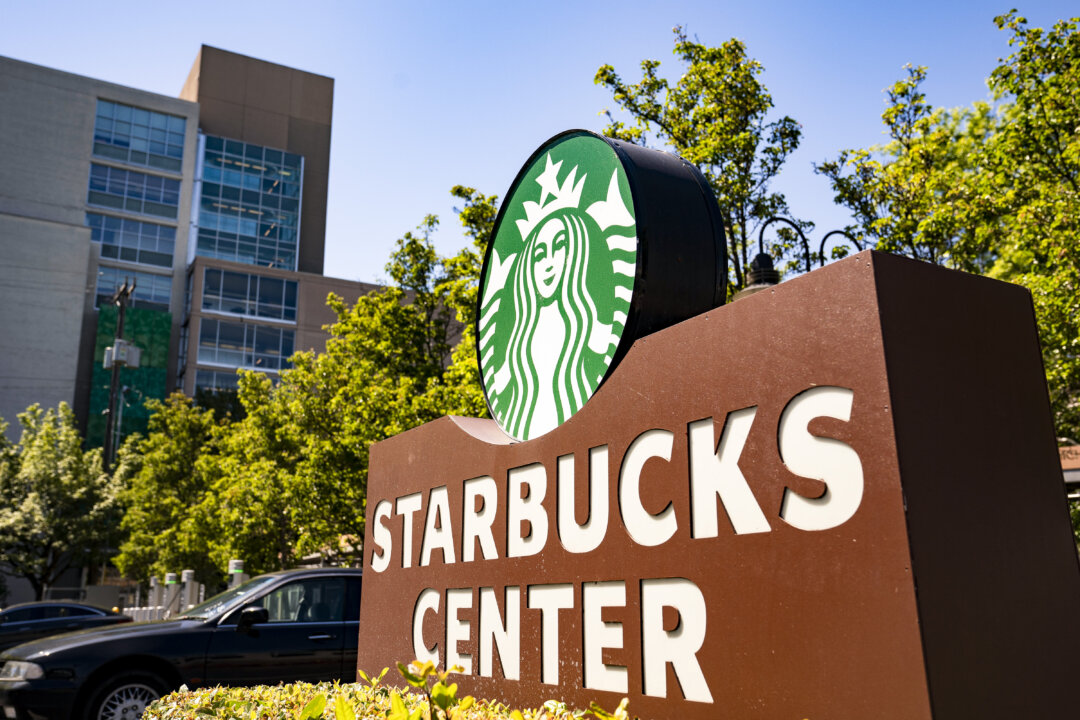
Starbucks’s price hikes did not save its top line from another decline, as its leadership is relentlessly searching for a strategy to return to the old glory days. That’s thanks to sluggish sales in its core North American market, where comparable-store sales dropped by 6 percent. This was driven by a 10 percent decline in comparable transactions, partially offset by a 4 percent increase in average ticket.
North American comparable-store sales declined by 2 percent owing to a 6 percent decline in similar transactions, partially offset by a 3 percent increase in average tickets. These results suggest that the company’s strategy of continuing to hike the price of its lattes needs to be fixed. They have been turning customers away, driving revenues lower rather than higher.
The company’s strategy of opening new stores—526 in the third quarter alone—has not been working, either. However, there is a good explanation for it. Starbucks is turning from an affordable luxury (it once was) into an unaffordable luxury without the luxury, as competition and market saturation pressure its growth potential.
This novel value proposition catered to the rising class of middle-aged baby boomers and helped the chain insert itself into the American urban landscape more quickly and craftily than any retail company. Nowadays, Starbucks’s original concept of third place is still present in the old stores, but not in the new stores, which revolve around the idea of “convenience,” where people can buy their favored drinks on the run from the drive-through window. The radical downshift in the company’s business model turned its value proposition into a “commodity,” as business strategists put it, pitting it against scores of upstarts who could afford to install an espresso machine in every town corner to offer lattes at a discount.
Worse, as the company scaled down its value proposition, it raised its prices. Starbucks’s new CEO, Brian Niccol, chairman and chief executive officer, recognizes that the company has moved away from its core business model and needs a new strategy that focuses on what separates its brand from the rest of the industry. “Our fourth-quarter performance makes it clear that we need to fundamentally change our strategy so we can get back to growth, and that’s exactly what we are doing with our ‘Back to Starbucks’ plan,” he said in a statement following the release of the company’s fourth-quarter results.
“I’ve spent my first several weeks in stores engaging with and listening to feedback from our partners and customers. It’s clear that Starbucks is a much-loved brand. We must focus on what has always set us apart—a welcoming coffeehouse where people gather, and we serve the finest coffee, handcrafted by our skilled baristas.
” Still, business strategists are skeptical about the company’s turnaround plans. “Starbucks’s results—including a 10 percent decline in comparable transactions in its North America segment—reinforce [the idea] that the company has ‘drifted from its core’ as new CEO Brian Niccol discussed following the release,” R.J.
Hottovy, head of analytical research at Placer.ai, told The Epoch Times in an email. “The results also come when other coffee and beverage chains are seeing year-over-year visit increases, suggesting that new product innovations aren’t connecting with consumers and Starbucks is losing share to its competitors.
Niccol’s plan to improve the Starbucks customer experience, remove bottlenecks and operational complexities, and refine Mobile Order and Pay is a sound strategy, but it will take time to implement.” Dr. Rebecca Homkes, author of “Survive, Reset, Thrive: Leading Breakthrough Growth Strategy in Volatile Times,” argues that Starbucks needs a reset.
“As companies, industries, and consumers evolve, we must constantly revisit and challenge strategic beliefs and update them as needed,” she wrote in an email sent to The Epoch Times. “Whether or not Starbucks needs a hard reset, where all key strategic fundamentals need to be revisited and reexamined, may still be a question, but the current share price and key stakeholder voice is signifying this is a reset that Brian Niccol should not take lightly.”.


